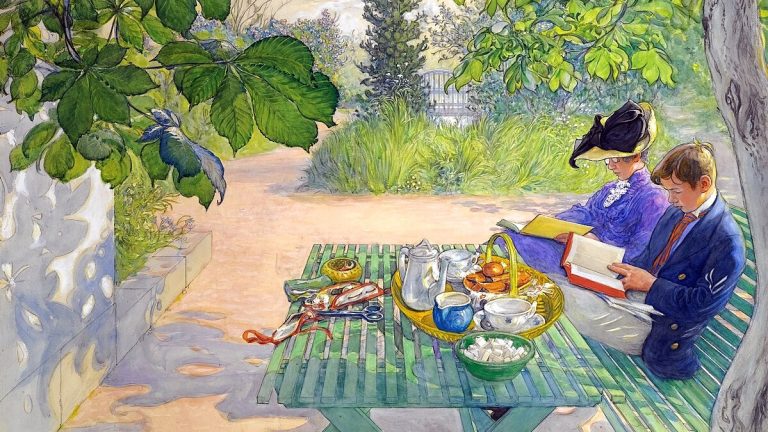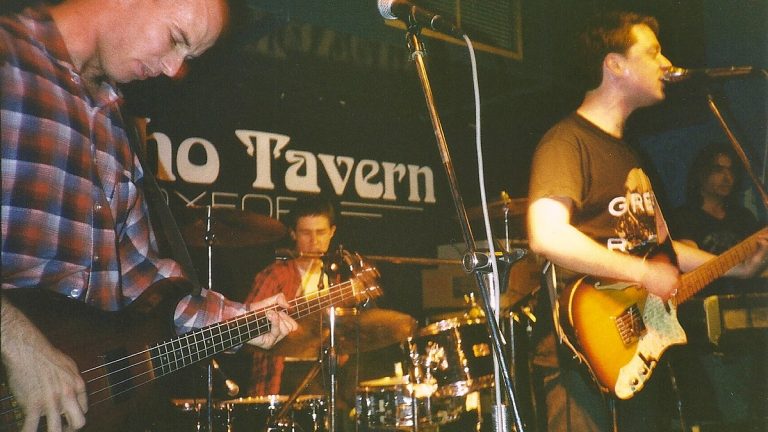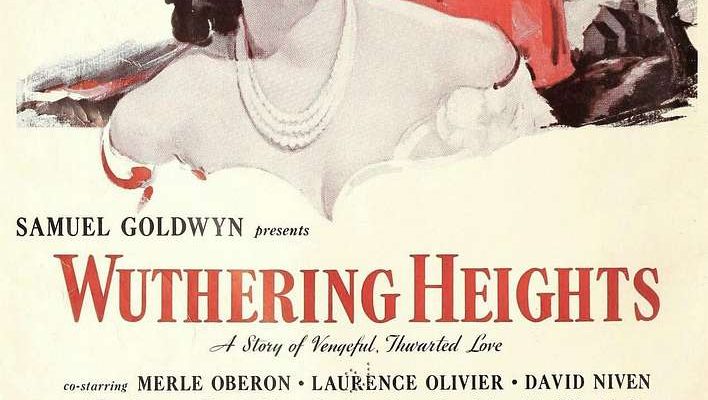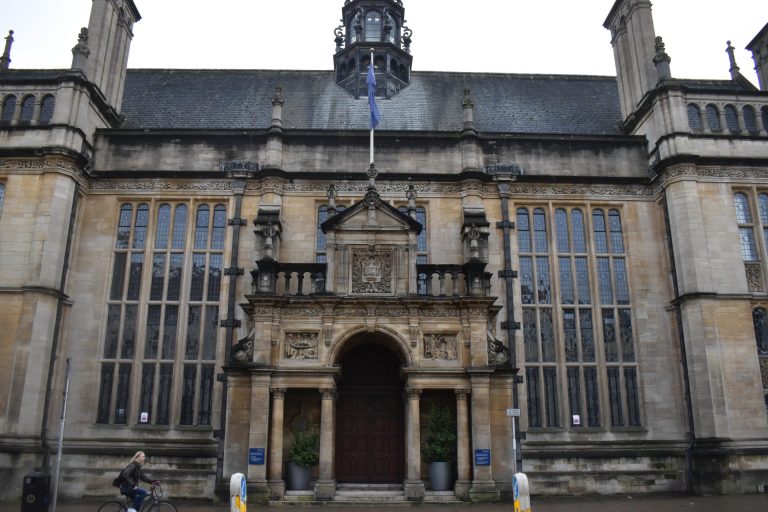PUBG is one of the most popular games for students, and streamers. It isn’t just a battle royale —it’s a stage. A digital coliseum where streamers rise, viewers roar, and the line between gamer and entertainer gets beautifully blurred. While other titles might offer flashier graphics or faster pacing, PUBG’s tension-filled gameplay gives creators something priceless: time to connect.
In a world where attention spans are shrinking, PUBG lets streamers hold viewers longer by doing something revolutionary—talking. Joking. Teaching. Relating. All while pushing for that glorious Chicken Dinner.
It’s More Than Just Gameplay—It’s Storytelling
What makes a streamer stand out in a sea of players dropping into Erangel or Miramar? It’s not just headshots or clutch revives – it’s storytelling. Every round of PUBG is a new narrative: the hunt for loot, the high-stakes rotations, the chaotic final circles. Viewers aren’t just watching gameplay; they’re riding a wave of suspense.
And savvy streamers use that pacing to their advantage. While looting or scouting the zone, they’re answering chat, cracking jokes, or giving tips. It creates an easy rhythm where the audience doesn’t just feel like spectators—they feel like teammates.
This kind of engagement turns casual viewers into ride-or-die fans. It’s also where in-game currency like PUBG Mobile UC come into play—not just for customizing characters and weapon skins, but as a way for fans to mirror their favorite streamer’s look and vibe. That shared identity? It strengthens the bond even more.
Community First, Content Second
The best PUBG streamers know that performance alone isn’t enough. You don’t have to win every match—but you do have to win hearts. And that’s where building community comes in.
Whether it’s through Discord servers, naming squads after top supporters, or running custom lobbies, PUBG makes it easy to bring fans into the action. Streamers often create inside jokes, signature landing spots, or quirky challenges (pans only, anyone?) that become rituals. These shared experiences are more than content—they’re culture.
Even streamers with modest followings can grow deeply loyal communities by consistently showing up, chatting between games, and shouting out viewers. It’s the personal touches that make all the difference.
PUBG Encourages Collaboration
Another secret to PUBG’s streamer-fueled community magic? It’s built for collaboration. With squad-based modes and duo-friendly mechanics, creators can easily team up with other streamers, fans, or even randomly matched players to keep the content fresh.
These collabs often lead to crossover audiences, shared growth, and moments that go viral—not because of the plays, but because of the personalities. From wholesome revives to spicy betrayals, PUBG provides the sandbox. Streamers just add the spark.
And when viewers see their favorite creators supporting each other and laughing through wins and losses alike, it feels genuine. That authenticity fuels loyalty more than any giveaway or sub goal ever could.
Final Thoughts
At its core, PUBG is more than just a tactical shooter—it’s a relationship builder. Its slower pace, squad dynamics, and unpredictable storytelling make it the perfect playground for streamers looking to turn views into genuine communities.
And if you’re one of those fans looking to gear up like your favourite creator, topping up your PUBG Mobile UC is the way to go.










